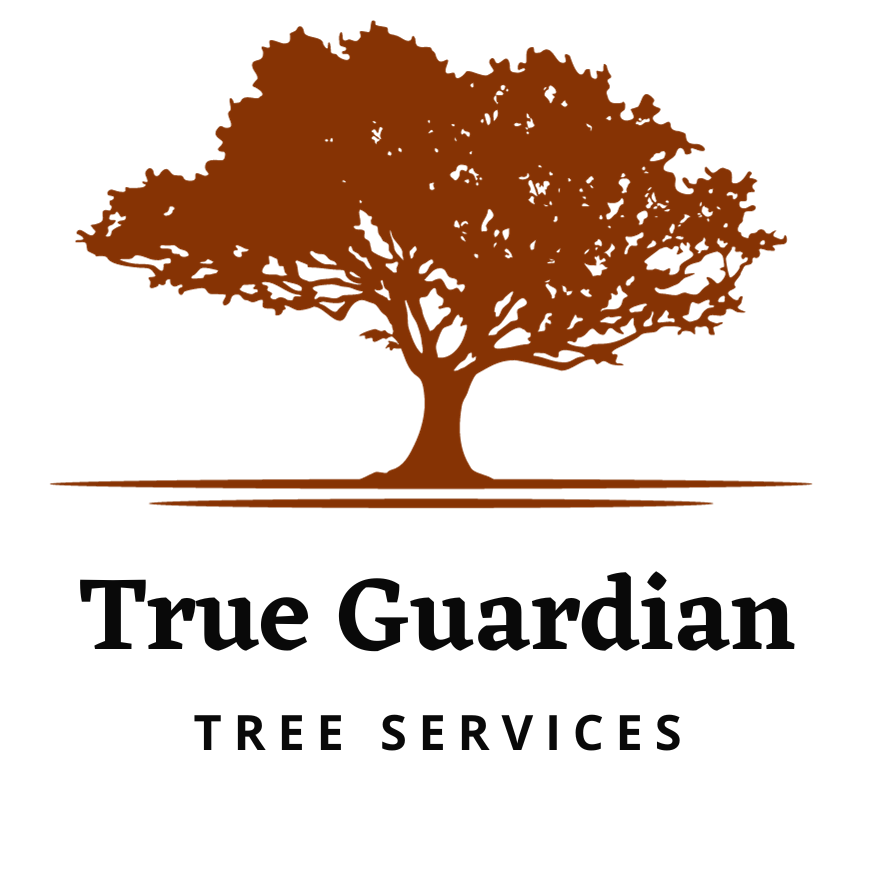FAQ
-
How often should I schedule tree pruning for my property?
Tree pruning frequency depends on several factors, including the tree species, age, health, and your landscaping goals. In general, deciduous trees benefit from pruning every 3-5 years, while evergreens may require more frequent attention. Younger trees may need more frequent pruning to shape their structure could be weekly or monthly, while older trees may only need maintenance pruning to remove dead or diseased branches. Our certified arborists can assess your trees and provide personalized recommendations based on their specific needs.
-
What signs indicate that a tree may need to be removed?
Several signs may indicate that a tree should be considered for removal. These include:
Disease or Pest Infestation: Severe diseases or pest infestations that compromise the tree's structural integrity.
Extensive Decay: Visible signs of decay, such as large cavities, fungal growth, or soft wood.
Leaning or Unstable Structure: Trees leaning significantly or showing signs of instability, especially after a storm or adverse weather conditions.
Multiple Dead Branches: Extensive dead branches or canopy dieback, indicating a decline in tree health.
Root Issues: Surface roots causing damage to property, sidewalks, or showing signs of disease.
Construction Interference: Trees that interfere with construction plans or have become a safety hazard.
Our expert arborists can assess the specific conditions of your tree and provide guidance on whether removal is necessary.
-
How soon after stump removal can I plant a new tree in the same spot?
After stump removal, it's advisable to wait at least a few weeks before planting a new tree in the same spot. This allows the soil to settle and provides a fresh start for the new tree. The exact waiting period may vary based on factors like the size of the removed stump and the specific tree species you plan to plant. Our team can provide guidance on the optimal timing for replanting to ensure the new tree's successful establishment.
-
How can I promote water conservation while caring for my trees?
Water conservation is crucial for both the environment and your trees. Use efficient watering techniques, such as deep watering less frequently, and consider installing a drip irrigation system. Additionally, mulching around the base of your trees helps retain soil moisture.
-
What is the importance of mulching around my trees?
Mulching offers numerous benefits, including moisture retention, weed suppression, temperature regulation, and soil improvement. Proper mulching can create a favorable environment for your trees, promoting their health and reducing competition from grass and weeds.
-
How do I identify signs of tree diseases or pests on my property?
Look for symptoms such as unusual leaf discoloration, wilting, cankers, or the presence of pests like scale insects or borers. If you notice any of these signs, it's essential to have your trees inspected by our arborists promptly for an accurate diagnosis and appropriate treatment.
-
What measures can I take to protect my trees during construction on my property?
Construction activities can pose risks to nearby trees. Implementing protective measures such as installing fencing around the tree's root zone, avoiding soil compaction, and providing supplemental watering can help minimize stress and potential damage to your trees during construction.
-
How do I know if my tree needs emergency pruning?
Emergency tree pruning may be necessary if you observe hazardous conditions, such as broken or hanging branches, after a storm. Signs of disease or pest infestations that pose an immediate threat to property or safety also warrant emergency pruning. Our team is equipped to respond promptly to such situations to mitigate risks.
Sponsored By: Robert Flynn Construction. Our proud tree Donar from up in the Yosemite area.
